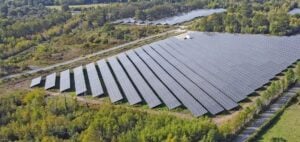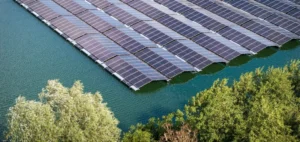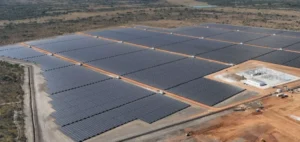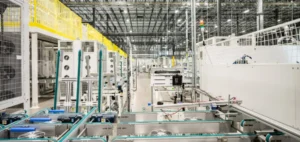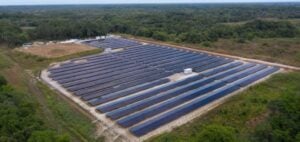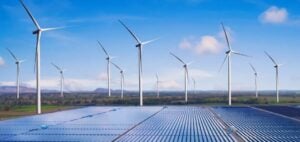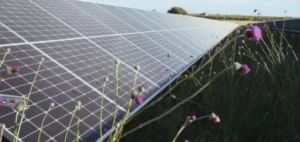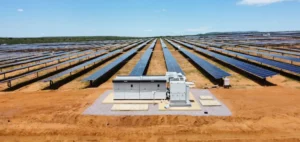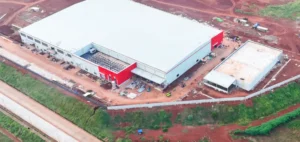The Régie autonome des transports parisiens (RATP) group and French photovoltaic plant specialist Urbasolar have inaugurated a solar power station located in Colombier, in the Bourgogne-Franche-Comté region. Located in an area known as “Les Grands Champs,” on a natural wasteland spanning 12 hectares, this infrastructure represents the first photovoltaic park directly operated by RATP.
Production and energy capacities
In operation since June 2025, the plant has been designed to produce 14 gigawatt-hours (GWh) of electricity annually. According to presented data, this production corresponds to the average annual consumption of around 3,050 French households, or the energy equivalent required to power two complete tram lines.
This plant is integrated into a specific green energy supply contract model called a Corporate Power Purchase Agreement (CPPA), a direct electricity purchase agreement between RATP and Urbasolar. This CPPA includes five solar installations in France, for a combined annual total of 65 GWh, thus allowing RATP to diversify its energy supply sources.
Local economic benefits
The project provides economic advantages to the municipality of Colombier, notably in the form of rents paid throughout the site’s operational period. Additionally, local communities will receive additional fiscal revenues linked to the energy production activities of this photovoltaic installation.
Present during the inauguration were representatives from GazelEnergie, electricity supplier and aggregator for RATP, as well as executives from Enedis, a French electricity distributor. Both companies participated in the operational and energy development of the project, demonstrating the diversity of stakeholders involved in this type of industrial installation.
Urbasolar’s development framework and strategy
The Colombier photovoltaic plant is part of Urbasolar’s global strategy focused on CPPA contracts. The company currently manages 12 similar parks in France, for a total annual production of 170 GWh. This production volume is directly marketed to stakeholders in industrial sectors, transport, construction, and agribusiness, and is expected to double over the next 18 months, according to the group’s forecasts.
During the construction of the plant, Urbasolar also implemented a series of environmental measures, including the development of specific habitats such as ponds and shelters for reptiles. Furthermore, land maintenance involves natural grassland management through sheep grazing, ensuring the preservation of the local ecosystem throughout the plant’s operation.



